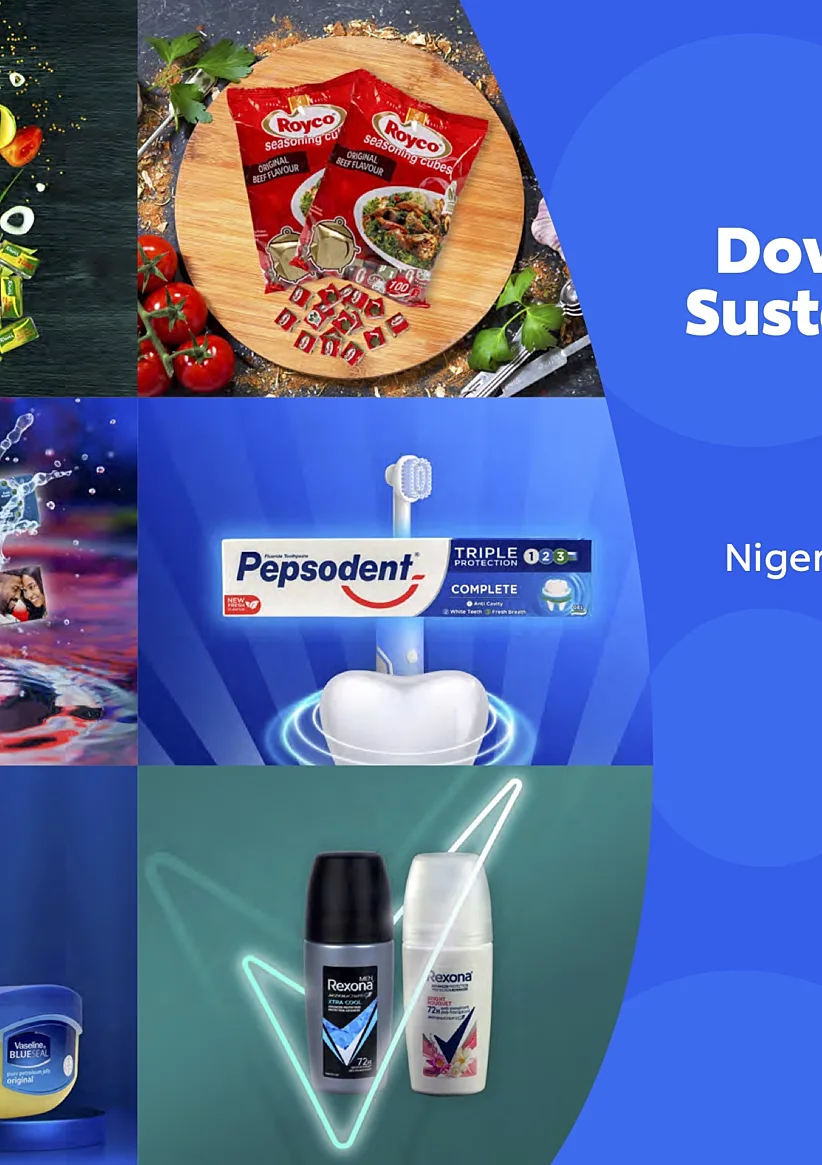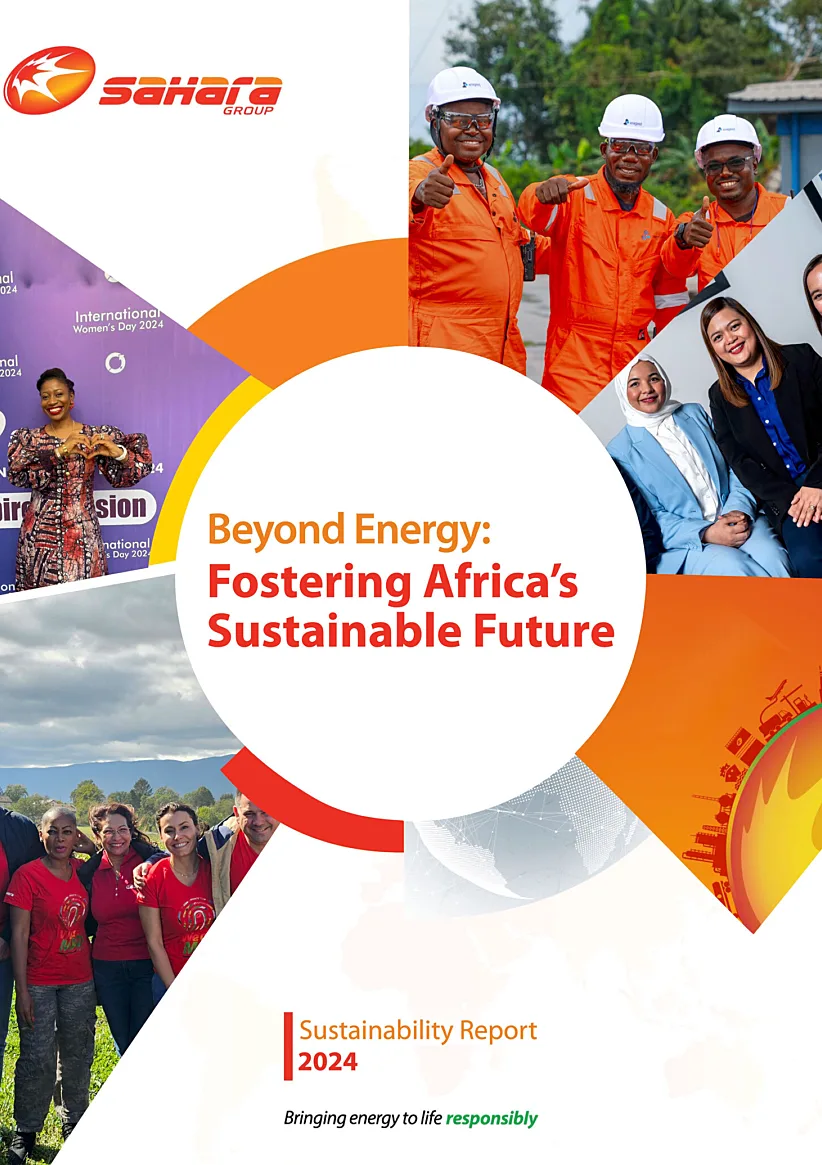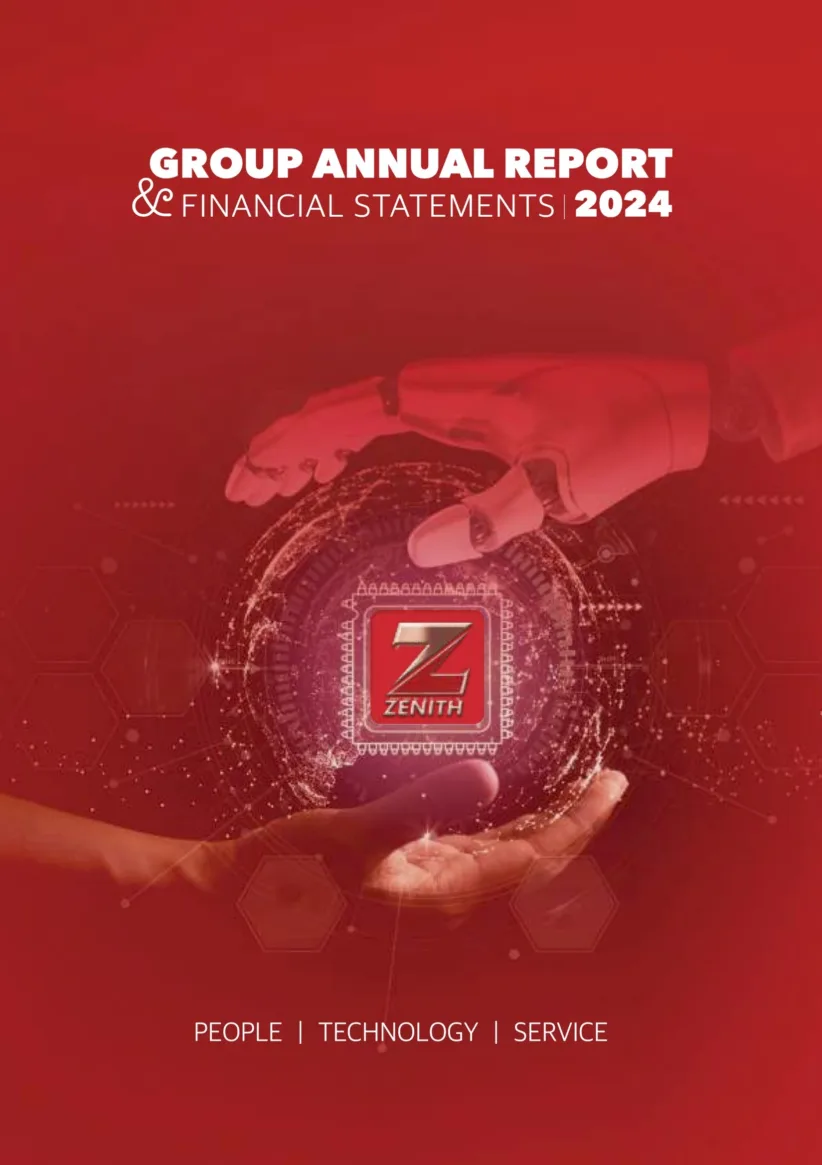Executive Summary
Tetra Pak’s FY24 Sustainability Report demonstrates comprehensive alignment with global sustainability frameworks and addresses complex challenges across its operations, supply chain, and stakeholder network.
The company integrates five interconnected sustainability focus areas: “food systems, social sustainability, climate, nature, and circularity, reporting progress” against material issues using quantitative and qualitative metrics. Performance data is externally assured, and the governance structure aligns with the European Sustainability Reporting Standards (ESRS).
Measurable improvements include significant GHG emission reductions, increased renewable energy usage, expanded food access, and enhanced biodiversity efforts. Tetra Pak’s future priorities focus on accelerating decarbonization, advancing circular design, restoring natural habitats, and strengthening supply chain engagement through policy, traceability, and human rights due diligence.
Despite notable achievements, ongoing challenges remain in enforcing traceability in supply chains, managing global water risk, and scaling sector-wide circularity. Greater transparency in supply chain data and increased stakeholder collaboration are recommended for continuous improvement.
SDG Alignment
Aligned SDGs: Tetra Pak aligns with several United Nations Sustainable Development Goals (SDGs), including:
- SDG 2: Zero Hunger
- SDG 6: Clean Water and Sanitation
- SDG 7: Affordable and Clean Energy
- SDG 9: Industry, Innovation and Infrastructure
- SDG 12: Responsible Consumption and Production
- SDG 13: Climate Action
- SDG 14: Life Below Water
- SDG 15: Life on Land
Strategic Integration: The company structures initiatives around five focus areas (food systems, climate, nature, circularity, and social sustainability), operationalising SDG alignment via school feeding programmes, Dairy Hub support for smallholder farmers, packaging innovation, and landscape restoration.
Geographic Impact: Operations and SDG impacts span 160+ countries, with highlighted local examples in China, Brazil, India, Vietnam, Colombia, and EU member states. Future alignment will scale via global supplier engagement and integration with emerging local regulations.
ESG Management
Governance Structure: Tetra Pak’s ESG strategy is managed by the Tetra Laval Group board, the Executive Leadership Team, and specialised cross-functional teams.
Frameworks: Reporting references ESRS, GRI, CDP, UN Global Compact, and the Ellen MacArthur Foundation principles. Board committees oversee risk management, policy, and sustainability performance. Policy coverage includes food safety, anti-corruption, environmental, and supplier codes.
Disclosure Practices: Sustainability disclosures are externally assured for GHG and water data. A dedicated Sustainability Excellence team leads to capability improvements and ESG reporting tool deployment.
Initial Areas of Impact
- Food Access: 66 million children in 49 countries received milk/beverages via school feeding programs; Dairy Hub supported 84,000 smallholder farmers.
- Climate Impact: 54% reduction in operational GHG emissions (2019 baseline), 25% value chain GHG reduction.
- Circularity: 1.3 million tons collected/recycled, €42 million invested in collection/recycling infrastructure, 28% global recycling rate.
- Nature: 1,564 hectares of land under restoration in Brazil via Araucaria Conservation Programme, 17% water withdrawal reduction, and biodiversity pilot sites established.
- Social Sustainability: 10% reduction in accident rate, 87% employee engagement, supply chain human rights due diligence.
Metrics for Definition
- GHG Emissions: Scope 1 - 42,373 tCO₂e, Scope 2 - 27,841 tCO₂e, Scope 3 - 9,738,327 tCO₂e (2024), aiming for 46% value chain reduction by 2030, net-zero by 2050.
- Energy Use: 94% renewable electricity in 2024, 14.7 MW on-site solar PV.
- Waste: 177,608 tons total waste (-4% vs. 2023), 95% recycled.
- Water: 1,708 ML withdrawal in 2024 (-17% vs. 2019), targeting 35% reduction by 2030.
- Circularity Targets: Minimum 10% recycled polymers in EU cartons by 2030, 28% global recycling rate.
- Social Metrics: 87% employee engagement score, 24% female workforce, TRAR 1.63.
Areas of Focus
- Climate Transition: Accelerate net-zero roadmap, operational decarbonization, renewable energy expansion, electrification of equipment.
- Circular Design: Innovate for higher fibre/recyclable content in packaging; overhaul collection/recycling strategies post-EU PPWR regulation.
- Nature Restoration: Expand Araucaria Programme, strengthen supplier traceability for deforestation-free sourcing.
- Supply Chain: Extend Join Us in Protecting the Planet (JUIPP) initiative, enforce human rights due diligence, increase scope and coverage in assessment.
- Social Inclusion: Advance diversity, equity, and inclusion, disability inclusion projects, living wage benchmarks, worker surveys.
Materiality Concepts
- Double Materiality Assessment (DMA): Materiality is assessed across impact and financial dimensions, grouped into 21 key topics and implemented per ESRS guidance.
- Priority Topics: GHG emissions, food access, water management, design for circularity, biodiversity, and human rights drive reporting and initiative prioritization.
- Stakeholder Engagement: Multi-level stakeholder input informs materiality ranking and strategic focus.
Sustainability Risk Management Concepts
Risk Governance: Board-level oversight, integration into enterprise risk management, alignment with Tetra Laval Charter of Responsibility.
Identified Risks:
- Transition Risks: Regulatory changes, climate policy, supply chain vulnerabilities.
- Physical Risks: Water scarcity, extreme weather
- Operational Risks: Resource shortages, pollution
- Reputational Risks: Non-compliance, human rights violations
Sustainability Strategy Concepts and Management
Strategic Pillars:
- Food systems transformation (school nutrition, Dairy Hub)
- Circularity (design innovation, recycling infrastructure, repair/reuse)
- Climate (GHG reduction targets, renewable energy, reporting)
- Nature (restoration, water management, certified sourcing)
- Social (employee programmes, inclusivity, supply chain due diligence).
Strategy Management:
- Balanced Scorecard incorporates ESG objectives
- Cross-functional teams in Sustainability Excellence and Finance
- Continuous improvement in assurance, disclosure, and stakeholder engagement.
Future Improvements & Opportunities
- Supply Chain Traceability: Enhance granular traceability for all pulp/paper materials and compliance with evolving deforestation regulations.
- Water Management: Address data reporting gaps among high water impact suppliers and increase uptake of water quality reporting.
- Circularity Expansion: Foster global harmonization of recycling targets and infrastructure, support upstream recyclers.
- Human Rights: Expand worker impact assessments and outcome-based KPIs for broader supply chains, deepen local stakeholder engagement especially in developing regions.
- Data Transparency: Increase disclosure granularity, especially Scope 3 emissions, biodiversity, and climate impact at local/project levels.





